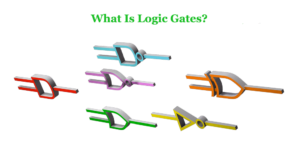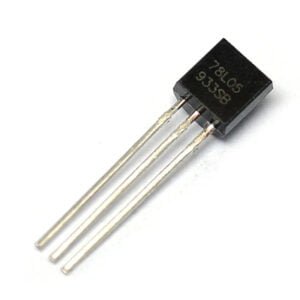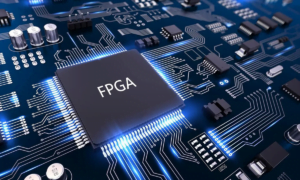Components of Embedded Hardware Systems: Processor, Memory (RAM/ROM), I/O Devices, Analog/Digital Conversion Units (A/D, D/A), Communication Modules, Power Modules. This article provides a detailed introduction to the core unit of embedded hardware systems: the processor.
Types of Embedded Processors
Micro Control Unit (MCU)
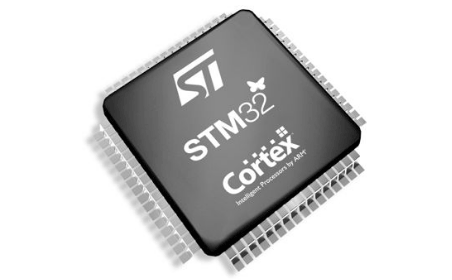
Embedded microcontrollers, also known as single-chip microcontrollers, integrate the entire computer system onto a single chip. They typically have a microprocessor core and integrate various necessary functional components and peripherals within the chip, such as ROM, EPROM, RAM, buses, bus logic, timers, counters, watchdogs, I/O ports, serial ports, pulse-width modulation outputs, A/D converters, D/A converters, Flash RAM, EEPROM, and more.
MCUs are commonly used in control systems, such as flight control in drones, chassis control in robotic vacuum cleaners, and ABS in automobiles, primarily for executing tasks.
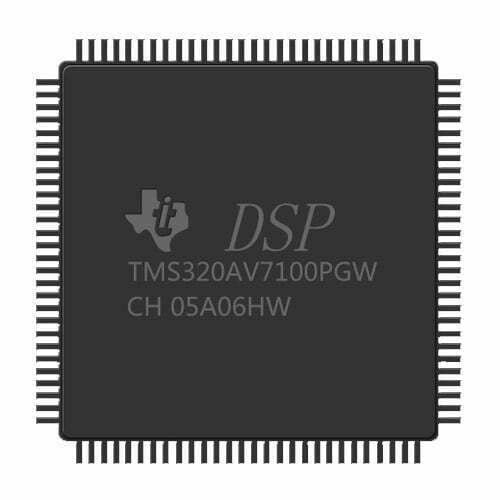
DSPs are chips designed for digital signal processing, known for their high speed, flexibility, and low power consumption. They employ an improved Harvard architecture, separating program and data storage, and often include hardware multipliers. In the digital age, DSPs play a pivotal role in communication, computing, and consumer electronics products.
DSP processors are specifically designed for real-time digital signal processing tasks, and DSP algorithms are increasingly being incorporated into the embedded domain, transitioning from implementing DSP functions using regular instructions in general microcontrollers to using embedded DSP processors.
Micro Processor Unit (MPU)
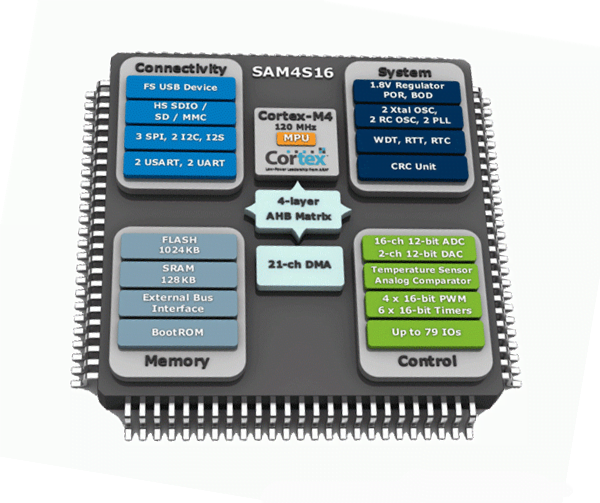
MPU integrates both the arithmetic unit and controller on a single chip. The arithmetic unit primarily performs arithmetic and logic operations, while the controller controls program execution, including instruction control, timing control, and operation control. It fetches instructions from main memory, determines the location of the next instruction in memory, decodes instructions, generates control signals, and manages data flow between the CPU, main memory, and input/output devices.
Embedded microprocessors employ enhanced general-purpose microprocessors. Due to their typical use in harsh environments, embedded microprocessors have higher requirements for working temperature, electromagnetic compatibility, and reliability compared to standard general-purpose microprocessors.
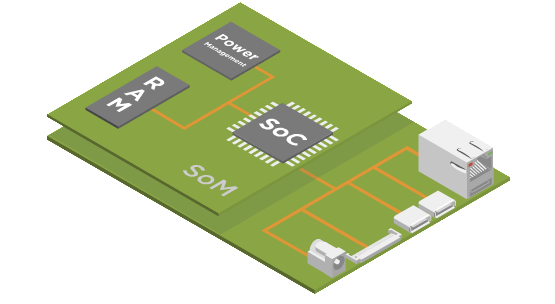
SoC can be understood as a chip that combines a generic microprocessor core with various IP (intellectual property) blocks and peripherals, encapsulating different modules to create a system-level chip. SoC can include built-in RAM/ROM, along with the powerful capabilities of an MPU, forming a dedicated integrated circuit tailored for specific purposes.
ARM Embedded Processors
ARM processors were designed by the UK-based company Acorn Limited and are known for their low power and cost-effective RISC (Reduced Instruction Set Computer) architecture. ARM processors are inherently 32-bit designs but also include a 16-bit instruction set, typically offering up to a 35% code size reduction compared to equivalent 32-bit code while retaining all the advantages of a 32-bit system.
ARM processors are categorized into five classes: Classic ARM processors, ARM Cortex embedded processors, ARM Cortex real-time embedded processors, ARM Cortex application processors, and ARM expert processors.
ARM Cortex processors
Cortex-A (A=Application) series, designed for high-end applications with high clock frequencies, excellent performance, and reasonable power consumption. The A5 to A15 models are 32-bit, while A53 to A57 are 64-bit versions. These are known as ARM Cortex application processors.
Cortex-R (R=Real Time) series, tailored for real-time control applications with fast response times, reasonable performance, and low power consumption. These are known as ARM Cortex real-time embedded processors.
Cortex-M (M=Microcontroller) series, intended for microcontroller applications with high cost-effectiveness, low cost, and minimal power consumption. These are known as ARM Cortex embedded processors.
Broadly, the -R series and -M series are referred to as embedded Cortex processors. Processors specialized for smart card applications, emphasizing security and reliability, are called Security Expert Processors or Expert Processors (SecurCore). These include three series: SC000 based on ARM7TDMI, SC100 based on Cortex-M0, and SC300 based on Cortex-M3.


